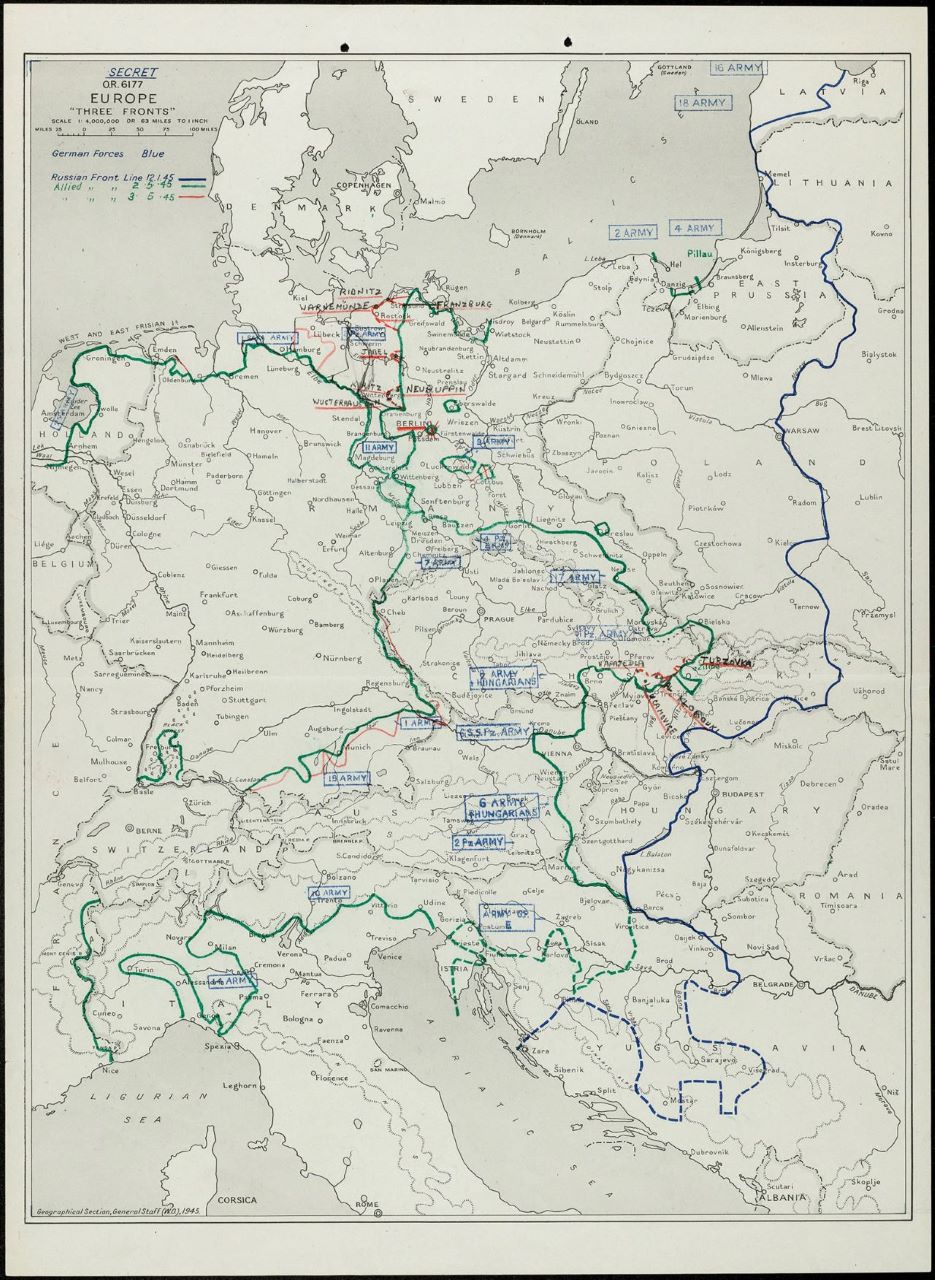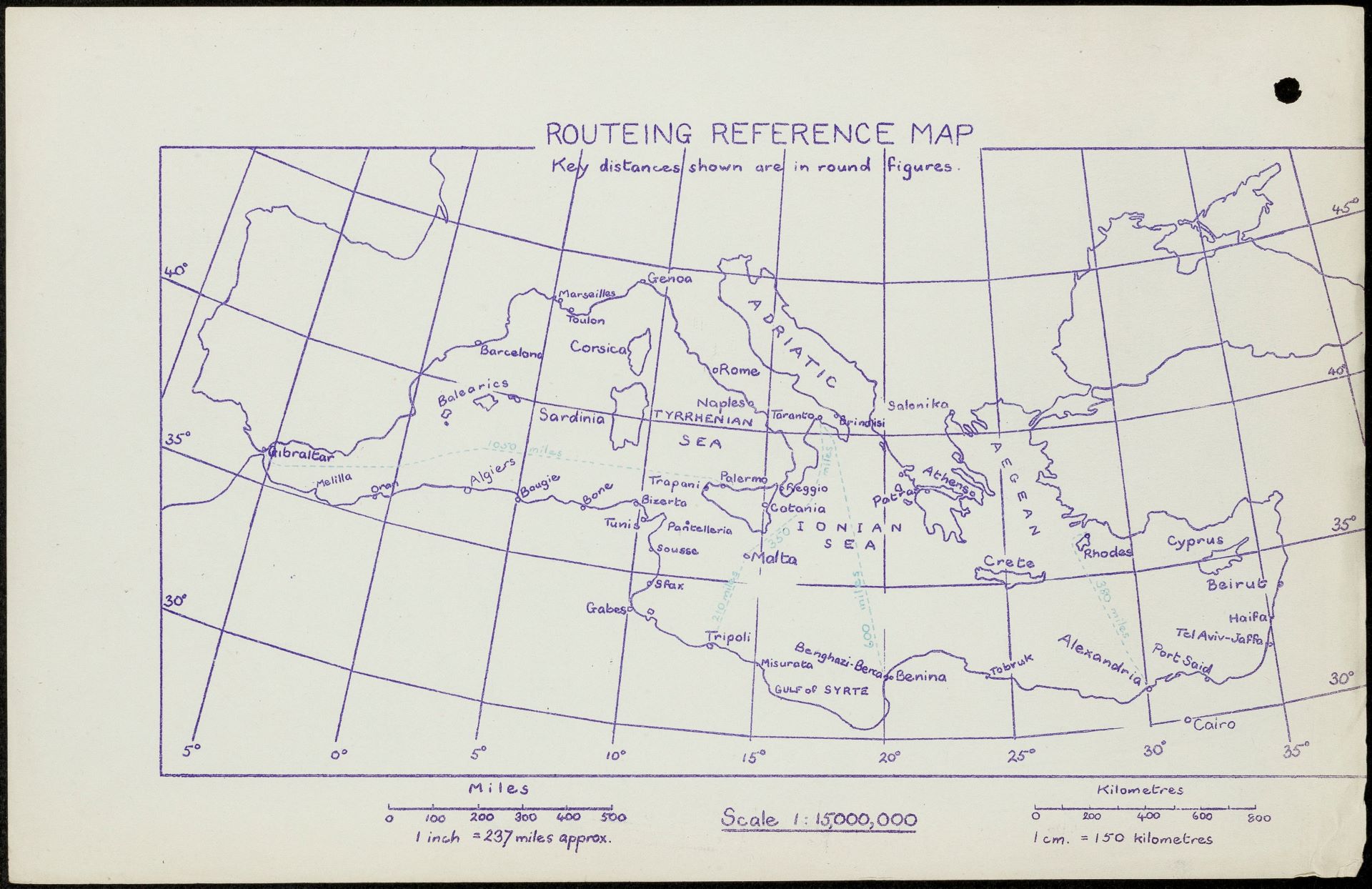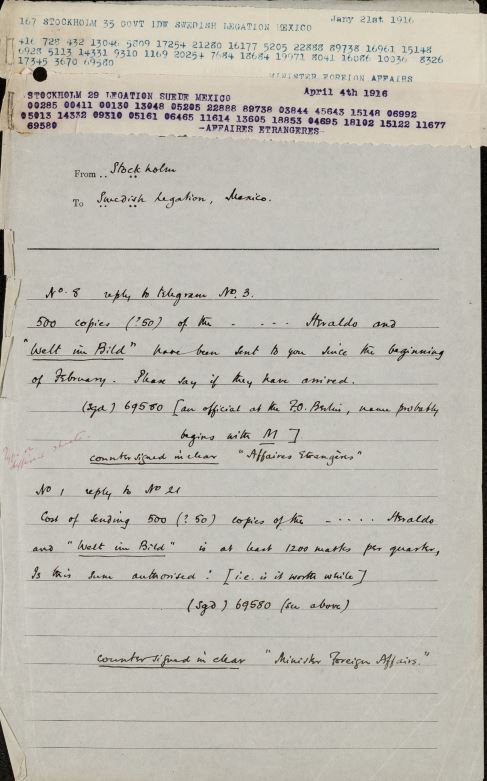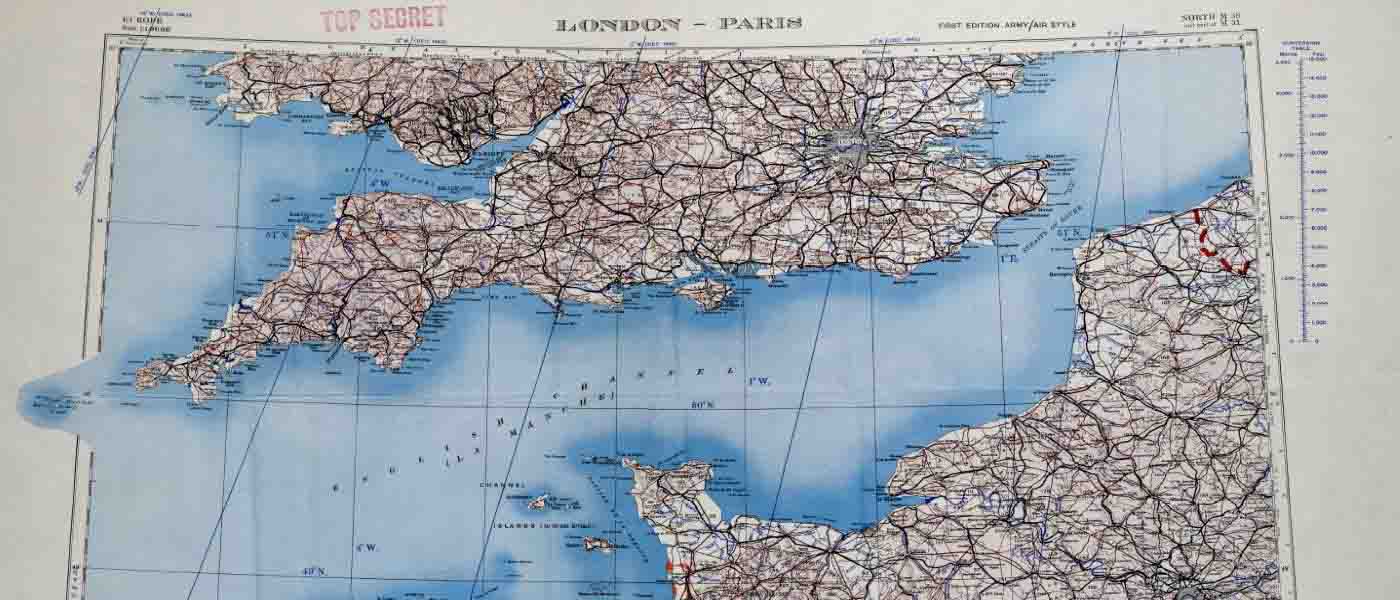Signals Intelligence and GCHQ from WWI to the Cold War
Unique and original scanning of British government files from the Cabinet Office and declassified GCHQ material are here digitised for the first time in Twentieth-Century British Intelligence: Monitoring the World.
Government Communications Headquarters (GCHQ) has provided Signals Intelligence information and assessment to the British government through intercepting, decrypting and translating diplomatic, military, commercial, political and personal communications for over 100 years. Formed in 1919 from the merging of two government cryptanalysis departments from the Royal Navy (Room 40) and the War Office, it was known as the Government Code & Cypher School (GC&CS) until 1946 and unknown to the public until its existence was revealed by investigative journalists in an article in Time Out in 1976. The top-secret work done by the codebreakers at Bletchley Park was completely unknown to the public until 1974.
As well as detailed records from Bletchley, the files made available through Twentieth Century British Intelligence include rare records from Room 40, surviving records from regional bureaus in the Far East, Australia, and the Middle East, and in-depth coverage of global events from intercepted decrypts.
The scale of the material produced during WWII and the Cold War and the addition of this collection to Gale Digital Scholar Lab means that many more DH enthusiasts will be able to use this content with the Text and Data Mining tools offered through the Lab.
Awards
Library Journal Best Reference Databases of 2022

Declassified Documents Online: Twentieth Century British Intelligence, Monitoring the World brings together files from two UK government departments to provide researchers with access to detailed, previously classified information on the intelligence services of Britain throughout the twentieth century.
The Cabinet Office: 10 series from the Central Intelligence Machinery, Joint Intelligence Committee or Sub-Committees and the Overseas Joint Intelligence Groups, covering 1939-1985. These groups are concerned with the tasking of the security and intelligence Agencies, the processing of intelligence and its dissemination to Ministers, to the Chiefs of Staff and to other agencies.
- CAB 159: Ministry of Defence and Cabinet Office: Central Intelligence Machinery: Joint Intelligence Sub-Committee later Committee: Minutes (JIC Series), 1947-1968
- CAB 163: War Cabinet, Ministry of Defence, and Cabinet Office: Central Intelligence Machinery: Joint Intelligence Sub-Committee, later Committee: Secretariat: Files, 1939-1986
- CAB 179: Ministry of Defence and Cabinet Office: Central Intelligence Machinery: Joint Intelligence Committee: Weekly Reviews and Surveys (WRCI, JIC(WSI))
- CAB 182: Cabinet Office: Central Intelligence Machinery: Joint Intelligence Committee: Sub-Committees, Working Parties etc: Minutes, Memoranda and Papers.
- CAB 185: Cabinet Office: Central Office Machinery: Joint Intelligence Committee (A): Minutes (JIC(A), JIC)
- CAB 186: Cabinet Office: Central Intelligence Machinery: Joint Intelligence Committee: Memoranda (JIC(A), JIC)
- CAB 188: Cabinet Office: Central Intelligence Machinery: Joint Intelligence Committee (B) and Overseas Economic Intelligence Committee: Minutes, Memoranda and Other Documents
- CAB 190: Cabinet Office: Central Intelligence Machinery: Joint Intelligence Committee: Working Groups and Working Parties Minutes and Reports (INT Series)
- CAB 191: Overseas Joint Intelligence Groups: Fragmentary Records
GCHQ: 17 series covering 1914-1949. Files include decrypts, details on imperial and international intelligence collection and distribution, weekly summary reports, and official histories, particularly of intelligence during the Second World War.
- HW 3: GC&CS and predecessors: Personal Papers, Unofficial Histories, Foreign Office X Files and Miscellaneous Records
- HW 4: GC&CS: Far East Combined Bureau, Signals Intelligence Centre in the Far East (HMS Anderson): Records
- HW 51: GC&CS: Combined Bureau Middle East (CBME): Records
- HW 52: GC&CS: Central Bureau, Brisbane: Reports
- HW 7: Room 40 and successors: World War I Official Histories
- HW 11: GC&CS: World War II Official Histories
- HW 12: GC&CS: Diplomatic Section and predecessors: Decrypts of Intercepted Diplomatic Communications (BJ Series)
- HW 13: GC&CS: Second World War Intelligence Summaries Based on Sigint
- HW 14: GC&CS: Directorate: Second World War Policy Papers
- HW 15: GC&CS and Government Communications Headquarters: Venona Project: Records
- HW 20: GC&CS: Tactical Sigint forwarded to Allied Commands: Summaries
- HW 41: GC&CS: Services Field Signals Intelligence Units: Reports of Intercepted Signals and Histories of Field Signals Intelligence Units
- HW 43: GC&CS: Histories of British Sigint
- HW 44: GC&CS: Summary Reports, Second World War in the Far East
- HW 49: GC&CS: Special Liaison Units: Histories
- HW 60: GC&CS: Supreme Headquarters Allied Expeditionary Force (SHAEF) Signals Intelligence: Records
- HW 61: GC&CS: Records relating to Commonwealth and Allied Signals Intelligence Organisations
The series included in Monitoring the World illustrate the worldwide interception and global reach of British security agencies throughout the century.

Gale Primary Sources | Gale Review Blog
Archives Explored | Gale Digital Scholar Lab | Sign up for Updates

Look Inside
Additional Details
subjects covered
- Military History
- Government
- Political Science & Diplomatic Studies
- Political Science
- Politics
- Twentieth Century Studies
- British Imperial History
- Social History
- WWII
Platform Features & Tools
Term Frequency
Researchers can see the frequency of search terms within sets of content to begin identifying central themes and assessing how individuals, events, and ideas interact and develop over time.
Topic Finder
By grouping commonly occurring themes, this tool reveals hidden connections within search terms—helping to shape research by integrating diverse content with relevant information.
Cross-Search Capability
Search across the content of complementary primary source products in one intuitive environment, enabling innovative new research connections.
Reviews & Testimonials
Monitoring the World collections are essential primary documents for researchers of 20th-century British intelligence and excellent resources for anyone with an interest in World War I, World War II, or early Cold War strategy. In addition to its stellar content, the database has discoverability options and user features that are sensible and helpful. By and large, the module is an outstanding complement to the “Intelligence Empire” series and enhances the excellent Declassified Documents Online database. – Reviewed by Rob Tench







